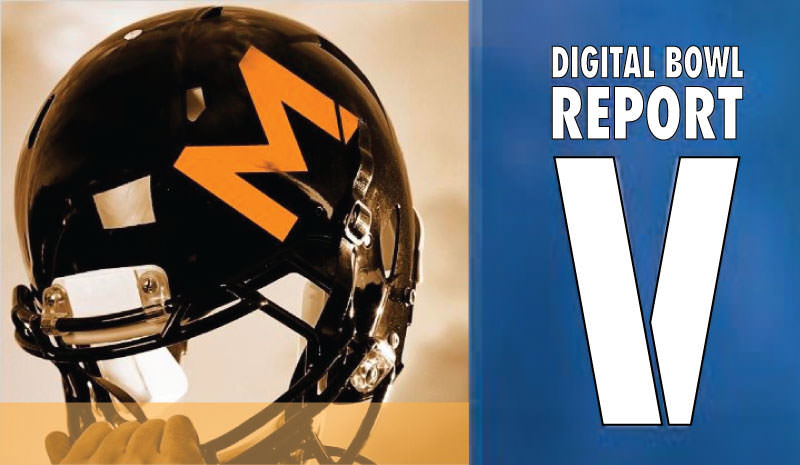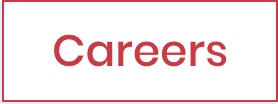
A Call to Action: A Deeper Look at the Merkle Digital Bowl Report
The Super Bowl: It’s the night when commercials and sponsored brands generate as much excitement as the game itself. It’s given us ads and catchphrases that we still talk about years later.
While commercials still generate the most attention, advertisers with a robust digital strategy to back up their multi-million dollar TV ads truly maximize their investment.
Thanks to today’s constantly growing and complex media marketplace, devices demand our attention every hour of every day. Organizations must understand how people engage in and utilize media platforms. During the Super Bowl, successful brands were not only able to capture TV audiences but also expand their reach to customers using the second screen.
The Merkle Digital Bowl Report evaluates how well sponsors supported their Super Bowl ad campaigns across the main digital channels via paid search, SEO, digital media, and display and social media. The report gave kudos to the companies that were truly able to engage in a creative way.
So what made these brands stand out – and how can nonprofits use similar strategies to their advantage?
A Killer Strategy
According to Merkle, first time Super Bowl advertiser Olay won the night, digitally speaking, despite airing only one ad in the first quarter of the game. Its female-focused campaign tapped into a growing football fan base and connected with fans long after the ad aired.
The TV ad featured actress Sarah Michelle Gellar in a horror-movie inspired spot which used the hashtag #KillerSkin. Olay then leveraged that hashtag, constantly engaging on social media, updating Instagram stories, reposting user-generated content, and using influencers to keep the excitement alive long after the final buzzer.
Ultimately, consumers were pointed to a Super Bowl-focused landing page that featured a special product discount. Olay rounded out this robust approach with an optimized YouTube video that showed up during campaign-related searches.
Olay’s campaign is a perfect example of how a simple but effective hashtag can harness all of your digital marketing tools in tandem. #KillerSkin drove this campaign across all platforms by giving people multiple ways to engage. Most importantly, brand loyalists and potential new customers were rewarded for their efforts with a product discount.
Giving Thanks
Verizon showcased the power of video with its #AllOurThanks Super Bowl campaign and received top honors from Merkle in the digital and social media categories.
The campaign launched with a dozen short films on YouTube featuring 12 NFL stars whose lives were saved by first responders, a.k.a. “The Team That Wouldn’t Be Here.” The videos were incorporated into all of Verizon’s Super Bowl creatives and distributed widely across display ads and paid social and video channels. The result: the company dominated the YouTube homepage and several sports websites all day on Super Bowl Sunday.
Posts across Facebook, Instagram, and Twitter encouraged users to share their own stories using the #AllOurThanks hashtag. Verizon kicked the user-generated content up a notch by donating $1 to First Responders Outreach for every share or retweet.
A partnership that highlighted the efforts of local first responders on Instagram helped bring the experience closer to home for many people. That, coupled with the important call to action, allowed consumers to feel they were more than just engaged; they were also making a real difference.
Making it Work for You
Marketing strategists everywhere can learn from these organized and complete multichannel strategies. Leveraging all possible video, digital, and social media platforms together in campaigns is the next step for those looking to gain long-term customers and contributors.
First things first for nonprofit marketing teams: you need to make sure you have a robust, well-designed website with clear calls-to-action and contact details. Nearly all of your digital marketing materials will lead your audience back to this page, so you need to make sure your message is as clear as possible.
When creating your content strategy, it’s important to focus on telling a story that showcases your message – a story that people can relate to, or more importantly, where they can see the transformation. We lose the audience when we stick to just “telling them.”
As Olay and Verizon showed us, branding your social media with a creative hashtag can help spread your message throughout the digital landscape. This will increase your organic reach and allow your organization and content to be found more easily. After your hashtag is out there, carry that hashtag into a Twitter poll or use it to create Instagram stories. This will force your users to engage with the content and promote it on their own feeds.
Take Verizon’s lead and use video to show your impact, tell stories, and educate people about your mission. A video featuring your unique hashtag can be shared across all of your social media platforms. It can be the center of a digital ad campaign or even be embedded on your website. Make sure you optimize for search engines: tag videos on YouTube with relevant keywords and create a fully-developed description with unique titles.
Finally, look at the big picture. Both Verizon and Olay took their campaigns and wove them seamlessly across the digital landscape. Identify ways to connect your organization’s digital marketing efforts to your website, email marketing, event promotions, and any other content you share online.
At the end of the day, we can do our best to engage and connect with our audience. If the call to action goes nowhere, you could argue it’s a wasted impression. Using a multi-channel approach allows you to actively put and keep your message in front of your target audience to generate the appropriate CTA.
To learn more about which channels you should be leveraging, check out this post on today’s mediacentric marketplace!




















